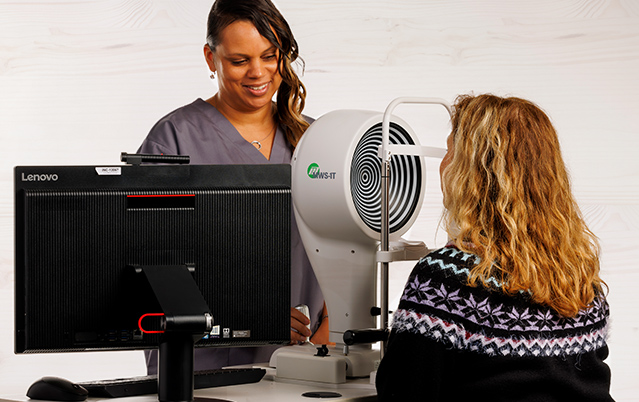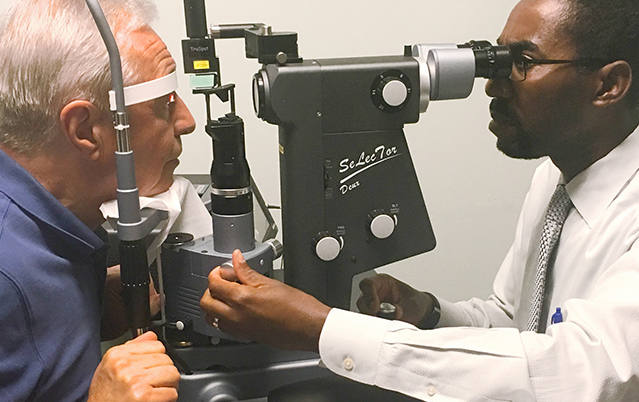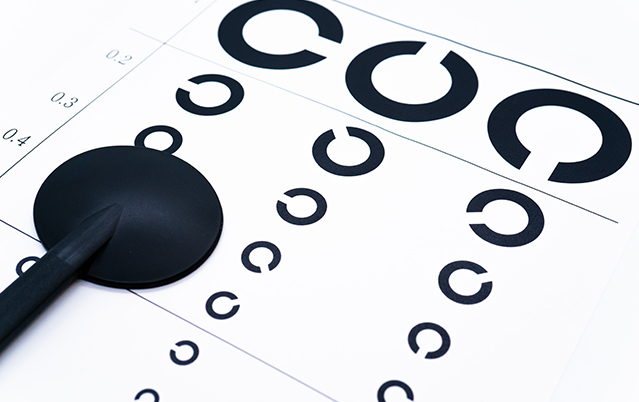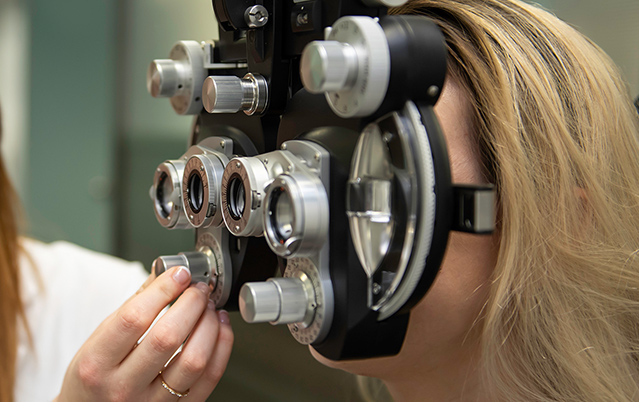What are the questions you should ask when you are considering buying a wavefront aberrometer/corneal analyzer for better surgical and refractive outcomes?
1. Does the instrument have 5 modalities?
When considering a wavefront corneal analyzer, ask if it includes auto refraction/keratometry, placido disc corneal topography, mesopic/photopic pupillometry, angle kappa measurement, and the assessment of the internal refractive power, i.e. …posterior to the anterior surface of the cornea. Internal maps can help doctors quickly assess tilted or decentered IOLs.
2. Does the instrument help you to customize the best IOL for your patient?
Does the instrument provide RMS values, Zernike coefficients, point spread function, total optical path difference, an internal OPD map and total wavefront for the best IOL selection of aspheric, toric or multifocal IOLs? And assist in selecting a pupil-dependent or non-pupil dependent IOL?
3. Does the instrument harvests 23 diagnostics in less than a minute?
By incorporating 23 different diagnostics, you can identify the cause of a patient’s visual complaint within seconds and improve your office workflow. You also want to see if the instrument can collect 2520 wavefront data points, 11,880 corneal data points, vector analysis to assess the effects of irregular, asymmetrical astigmatism, and spherical aberrations, toric IOL summary and an angle kappa measurement.
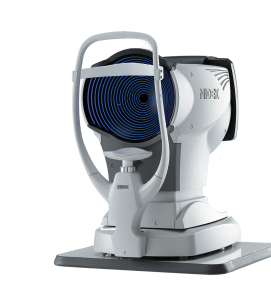
4. Does the instrument provide a better K-reading?
The instrument has the ability to calculate the central corneal power (ECCP) and displays the APP information to enter into the ASCRS IOL calculation website. This is especially necessary for those patients who have had refractive surgery in the past.
5. Does the instrument have the ability to exhibit a “clean” or “unclean” optical system?
Is the instrument able to discern when patients require basic refinement (WF sent) or a full refraction (AR sent)? Discern which patients have higher order aberrations that may not be correctible. Can the instrument measure wavefront optimized refraction including central, midperipheral and peripheral refractive errors?
6. Can the instrument detect Rx shifts different times of the day?
Does the instrument have photopic and mesopic pupil size measurements up to a 9.5mm pupil size? These measurements identify the patient that has night driving issues, requiring at night for a second pair of glasses.

7. Does the instrument have customized color maps in the exam lane so patients are better educated?
Patients do not always understand the issues that may affect their vision quality i.e.: Visual acuity simulation for corrected and uncorrected vision helps manage patient expectations and boosts their confidence in your treatment plan.
8. How easily can the instrument be integrated with your EHR?
First: Check with your EHR Company about which wavefront aberrometer works best for your particular system.
Second: Determine if the wavefront aberrometer can export the images in a format that can be stored.
9. Is there staff training available?
What forms of staff training are available? Does the company offer online training, off-site and on-site training? Never underestimate the value of the training process both in the field and by the company. The training process will provide the ultimate insight into your wavefront aberrometer’s success.



